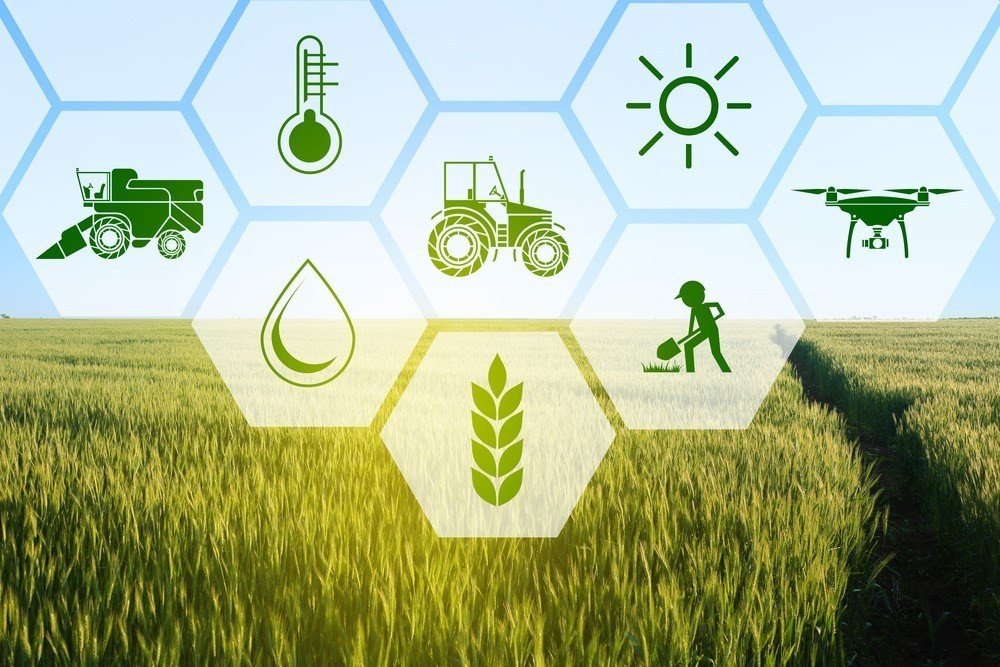Expanding Start-ups in the Agricultural Sector
In the last decade, start-ups in the agricultural sector have shown tremendous potential in advancing agricultural technology, improving food systems, and accelerating economic growth. However, expanding a start-up in agriculture is not without its challenges. From overcoming resource limitations to understanding the complexities of the agricultural supply chain, startups must carefully plan their expansion strategies. This article will discuss the necessary steps and strategies for expanding an agricultural start-up, highlight successful case studies, and provide guidance on overcoming potential obstacles.
Table of Contents
Understanding Market and Customer Needs
The first step in expanding an agricultural start-up is to deeply understand the market and customer needs. This involves:
- In-depth Market Research: Gathering data on market size, growth trends, competitors, and customer preferences. Tools such as surveys, interviews, and market data analysis can be invaluable.
- Customer Segmentation: Identifying different customer segments and their specific needs can help tailor products or services.
- Product Validation: Before expansion, it’s crucial to validate the product with the target customers. This could be through prototypes, a minimum viable product (MVP), or pilot testing.
Innovation and Technology
Agricultural startups must be at the forefront of innovation and technology application to succeed. Some focus areas include:
- Precision Agriculture: Using technologies like IoT, AI, and data analytics to improve efficiency and productivity.
- Automation and Robotics: Implementing automation solutions for tasks such as planting, fertilizing, and harvesting can reduce costs and increase scalability.
- Eco-friendly Technology: Developing products that support sustainable farming practices can meet the growing market demand for eco-friendly products.
Business Model and Funding
Developing a scalable business model and finding the right funding sources are key to expansion:
- Flexible Business Model: Adapting the business model to reflect market needs and the ability to scale is vital. This might mean diversifying revenue streams or adapting a subscription model.
- Funding: Securing funding through venture capital, government loans, or incubator programs can provide the necessary resources for growth. Crowdfunding is also a popular alternative.
Networking and Partnerships
Building a strong network and seeking strategic partnerships can accelerate expansion:
- Industry Collaboration: Partnering with other companies in the agricultural value chain can open access to new markets and technologies.
- Research Institution Partnerships: Collaborating with universities or research institutions can speed up innovation and product development.
- Government Engagement: Leveraging government programs or subsidies for agricultural startups can provide financial and regulatory support.
Marketing and Market Penetration
Effective marketing strategies are essential for introducing products to new markets and increasing brand awareness:
- Digital Marketing: Leveraging social media, SEO, and content marketing to reach potential customers.
- Go-to-Market Strategy: Developing a go-to-market plan that includes product pricing, distribution, and promotion.
- Community Building: Creating a loyal customer community through loyalty programs, workshops, and social activities.
Scalability and Operations
As the start-up grows, it’s important to ensure operations can scale to meet demand:
- Supply Chain Optimization: Improving logistics and distribution efficiency to handle larger volumes.
- Scalable Technology: Investing in IT systems and technology that can grow with the company.
- Team Management: Developing a strong team with the necessary skills to support business growth.
Case Study: Expanding an AgriTech Start-up
As an illustration, let’s consider the case of HipGrow, an AgriTech start-up that developed smart hydroponic systems for urban agriculture. Here are some key steps they took in their expansion:
- Market Validation: Conducting pilots in several cities to test market acceptance.
- Funding: Securing a Series A investment from a green tech-focused venture capitalist.
- Technology: Developing a mobile app that allows users to remotely monitor and control their hydroponic systems.
- Partnerships: Partnering with local supermarkets for the distribution of produce.
- Scalability: Optimizing manufacturing and distribution processes to support expansion into new cities.
Conclusion
Expanding a start-up in the agricultural sector requires strategic planning, innovation, and continuous adaptation. Understanding the market, leveraging technology, developing a scalable business model, building networks, and implementing effective marketing strategies are key components for success. With the right approach, agricultural start-ups can not only grow but also make significant contributions to sustainable agriculture and global food security.





